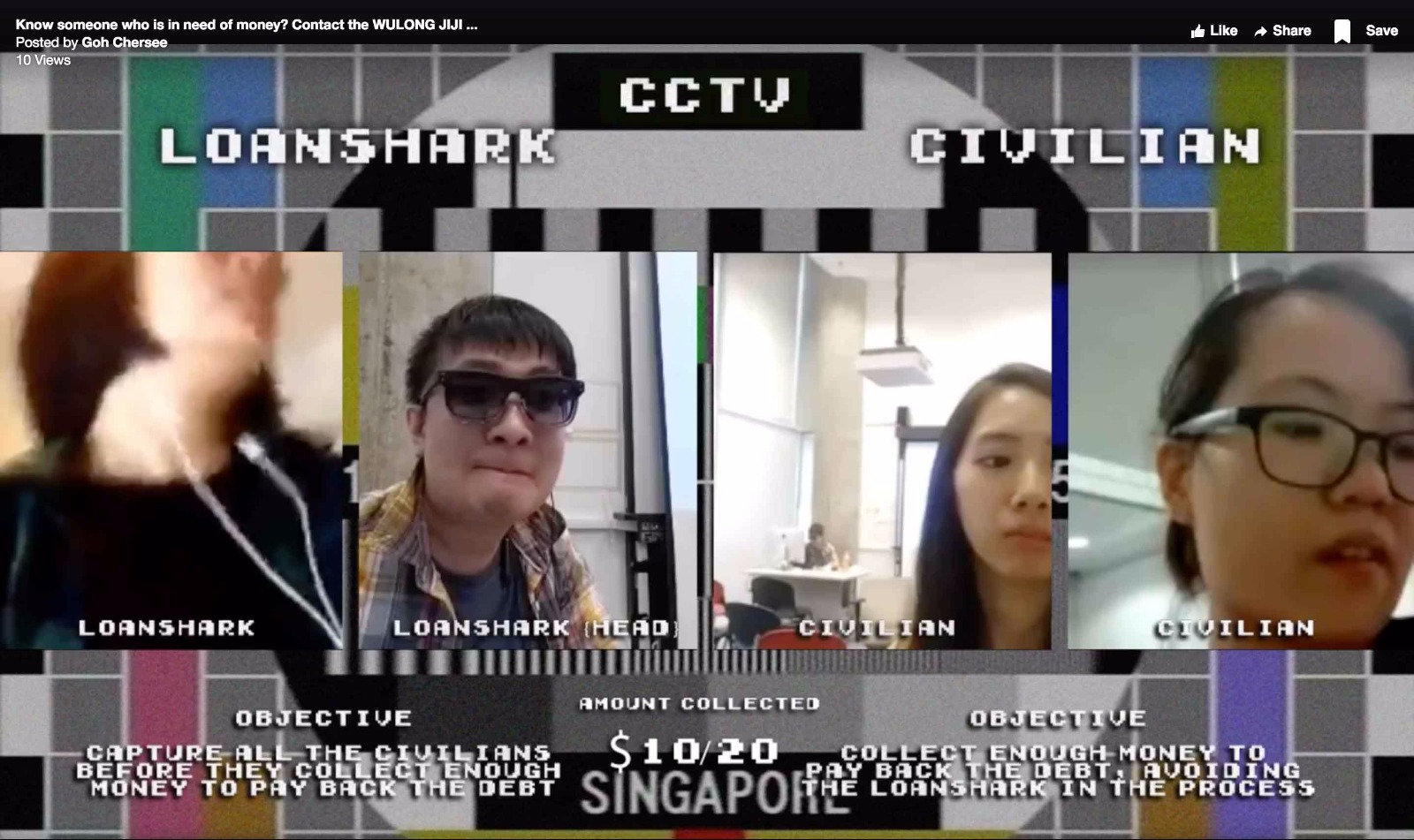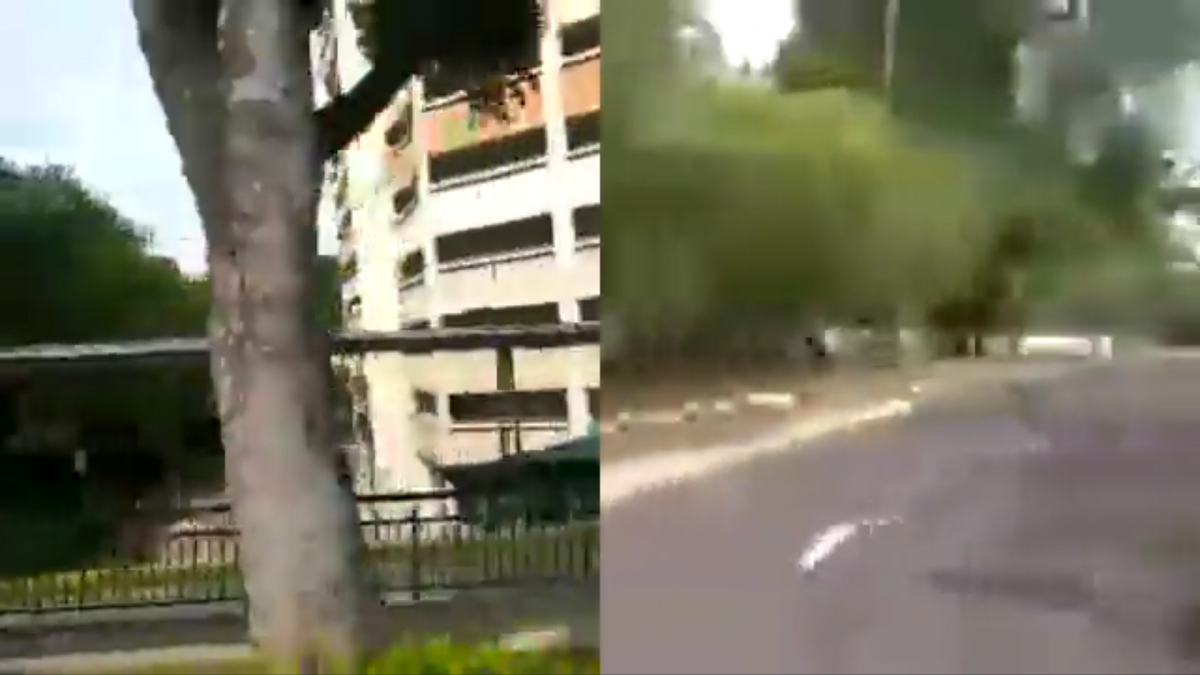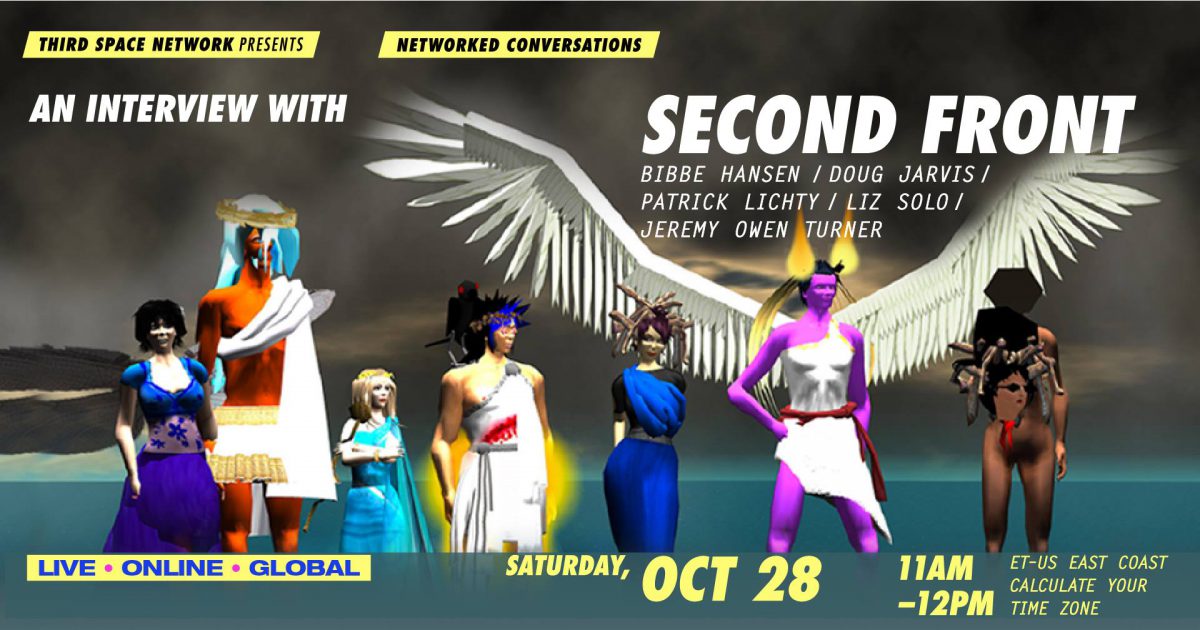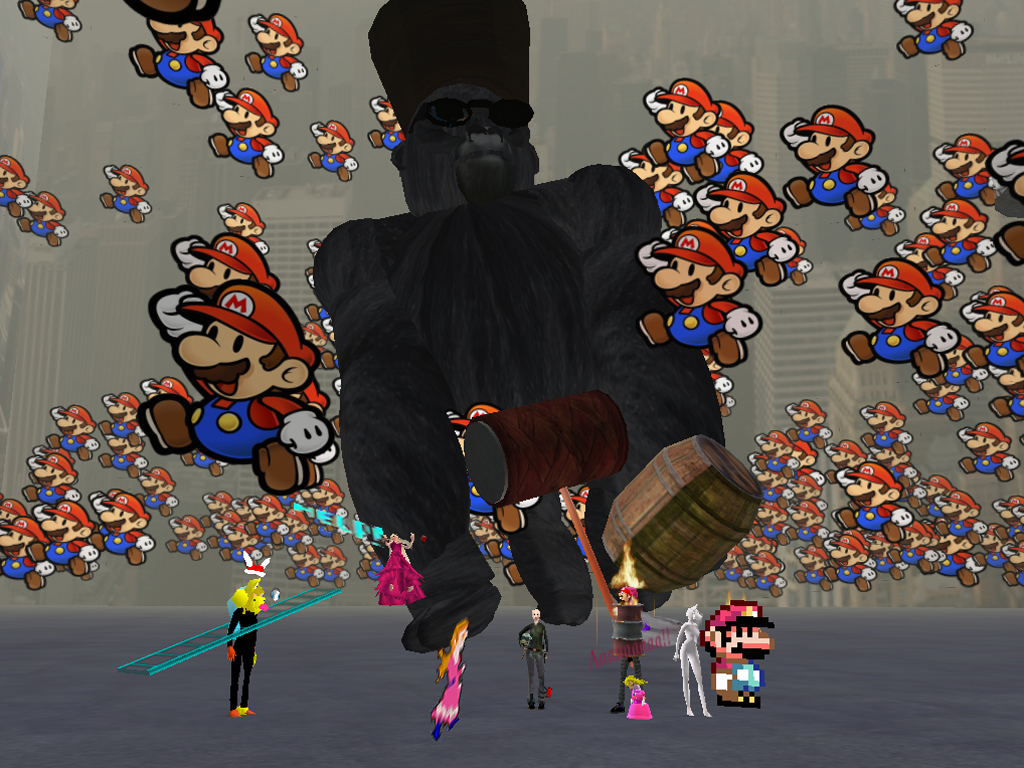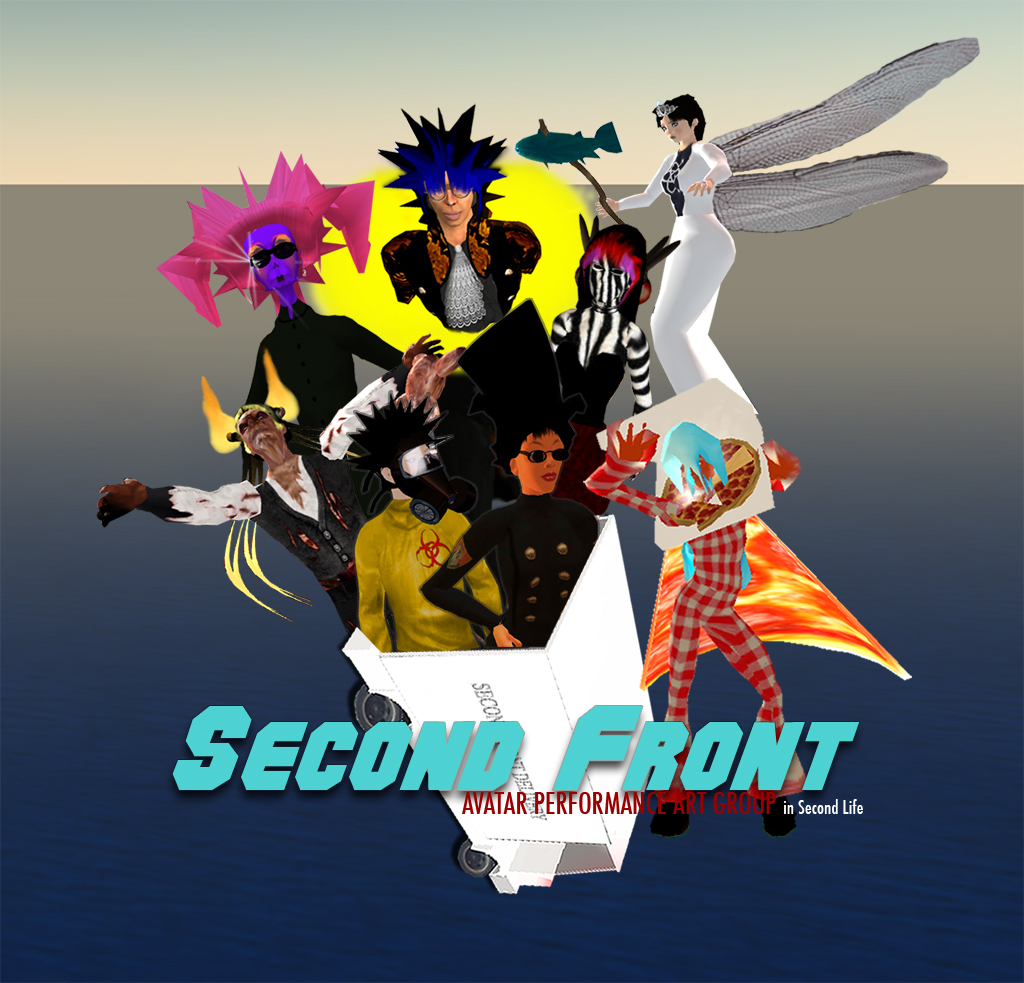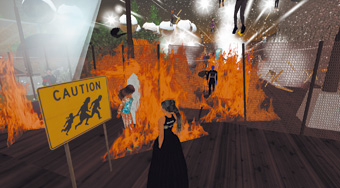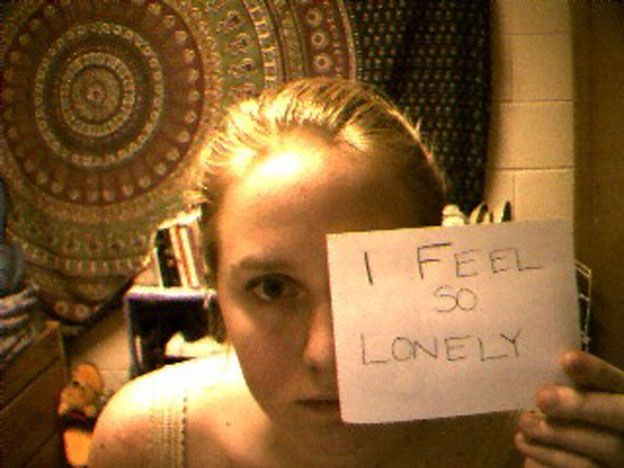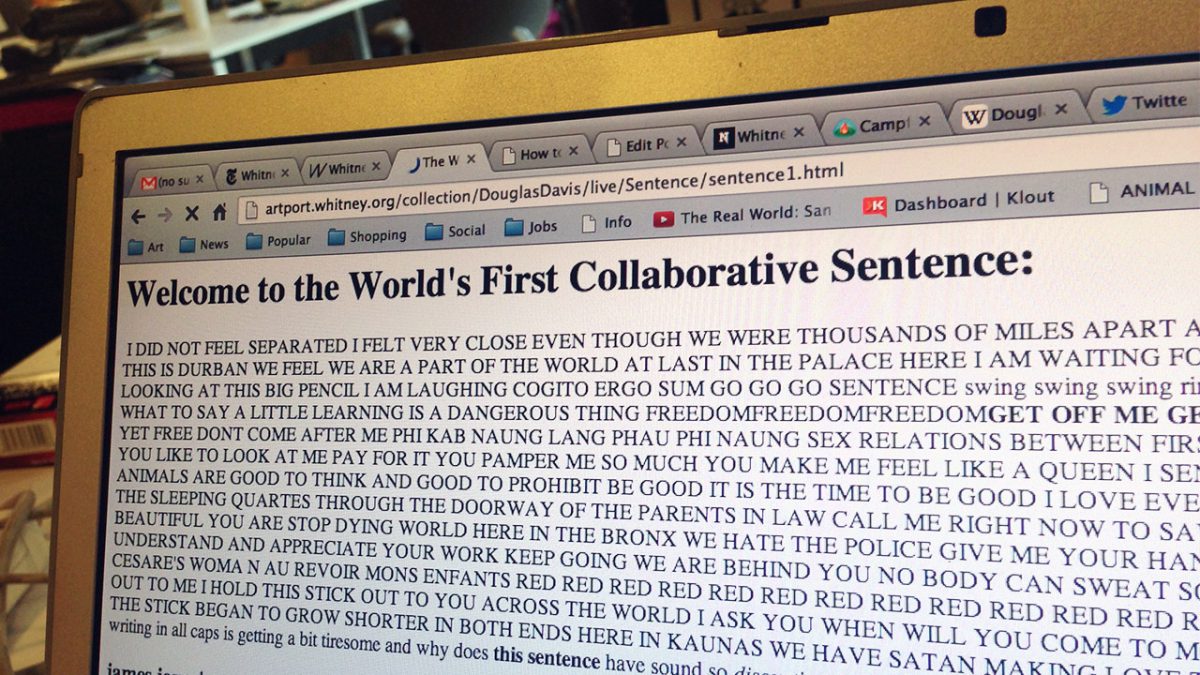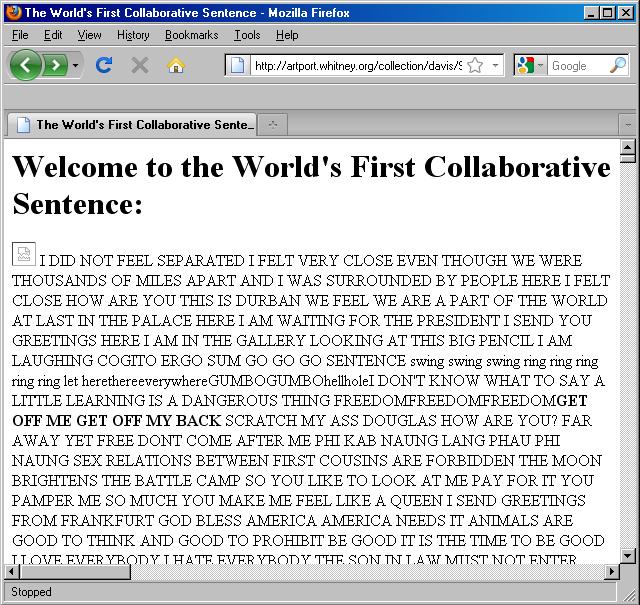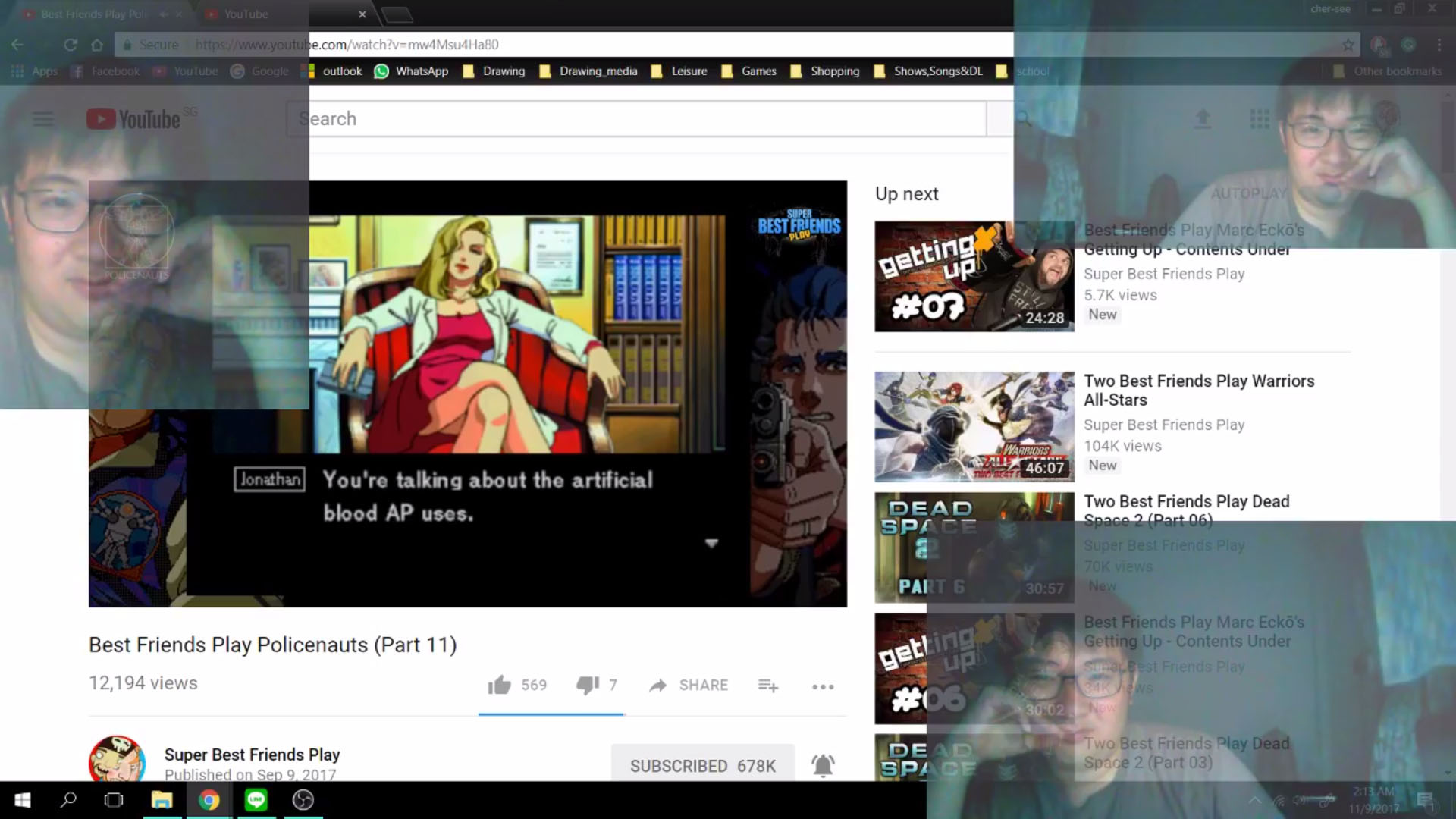Title: Know someone who is in need of money? Contact the WULONG JIJI GAOGAO PTE. LTD. right now. Help is always available.
Description: Our broadcast is about two civilians that owe a huge amount of money to an infamous loan shark organisation, Wu Long. The duo had to find enough money around the place so that they could pay the head of the loan shark organisation the total amount of money they had borrowed from him. The debtors had a buffer time of about 5 minutes to collect as much money as they could or hide, after which the loan sharks would start chasing them down. Will the debtors be able to collect enough money before the time run out?
In the live stream, Cher See and Xin Feng were role playing as the infamous loan sharks while Joan and Hannah were role playing as the civilians. The civilians’ mission was to locate all the hidden envelopes that contain money, finding every possible areas that had the hidden stash of money. The head of the loan shark, Long Ge (aka Cher See) had dispatched an underling, Ah Feng (aka Xin Feng) to find the two civilians to pressure them to pay back the money they owe. Joan managed to find the envelopes hidden around the area but was caught by Ah Feng shortly after she found the third envelope. She was brought to Long Ge to check on the amount of money she had collected. Joan had to wait for Hannah to find the remaining amount of money that was escalating every 10 mins. On the other hand, Hannah had to go around and beg people for money so that she could pay back her debts while finding ways to escape the loan sharks. After finding enough money, Joan asked Hannah to come find Long Ge to return back the remaining sum. In the end, both civilians were able to pay back what they had borrowed from the loan sharks.
Hannah & Joan live broadcast
Know someone who is in need of money? Contact the WULONG JIJI GAOGAO PTE. LTD. right now. Help is always available. (a video stream about two debtors on the road to repaying their debts to a infamous loan shark organisation)
Posted by Joan Li on Wednesday, 15 November 2017
Know someone who is in need of money? Contact the WULONG JIJI GAOGAO PTE. LTD. right now. Help is always available. (a video stream about two debtors on the road to repaying their debts to a infamous loan shark organisation)
Posted by Joan Li on Wednesday, 15 November 2017
Cher See & Xin Feng live broadcast
Know someone who is in need of money? Contact the WULONG JIJI GAOGAO PTE. LTD. right now. Help is always available. (a video stream about two debtors on the road to repaying their debts to a infamous loan shark organisation)
Posted by Xin Feng on Wednesday, 15 November 2017
Combine broadcast
Know someone who is in need of money? Contact the WULONG JIJI …
a video stream about two debtors on the road to repaying their debts to a infamous loan shark organisation
Posted by Goh Chersee on Wednesday, 15 November 2017
Know someone who is in need of money? Contact the WULONG JIJI …
a video stream about two debtors on the road to repaying their debts to a infamous loan shark organisation (PART 2)
Posted by Goh Chersee on Wednesday, 15 November 2017
Know someone who is in need of money? Contact the WULONG JIJI …
a video stream about two debtors on the road to repaying their debts to a infamous loan shark organisation (Part 03)
Posted by Goh Chersee on Wednesday, 15 November 2017
Where all the remaining money are
Know someone who is in need of money? Contact the WULONG JIJI GAOGAO PTE. LTD. right now. Help is always available. (a video stream about two debtors on the road to repaying their debts to a infamous loan shark organisation)
Posted by Xin Feng on Wednesday, 15 November 2017
Further Improvements:
The one major problem that the team faces were the internet connection. It was causing lagginess and disconnection when the team were co-broadcasting. However, the team had came to believe that such limitation were actually working in our favor as it created a more interesting composition and dynamics when things were not working as it should have. There were some shots that were quite unusual and could really sell the narrative that the two civilian were actually running away from the loanshark. Nonetheless, the team were still able to complete the project on time even when the internet connection were poor.
Another problem that we could have improved on were the balancing of the game. There were some envelope that were hidden in areas that were too difficult to find and some that were too obvious. Perhaps the team could strike a balance if we had another chance to improve on our live stream. However, placing envelops at places that requires strenuous effort to locate promote our team members to interact with passersby, borrowing money and help from them. It remove the stagnancy of our co-broadcasting and introduce new elements to keep the audiences entertain in our stream.
Overview:
I have contributed to the project by creating the background image and rules for the game. I have managed to get help from Xin Feng as she has an overall vision for how the stream would look like, I have just touch upon her original concept and refine her vision further. It was quite technical as I have to be precised about how the images were cropped and how the overall stream would look. I have also put in additional element to organised our stream, for example a countdown video were added to show the audience when the video was going to start.
I felt that the project were quite similar to the Videofreex and I was inspired by them when I first thought of this idea. The ability to interact with the audiences and vice visa has always appeal to me as an concept for broadcasting and I am glad that I was able to do this. Rather than having the audiences calling in, our team members were actively finding our own audiences, getting help and begging money from them to make the stream a lot more interesting.

